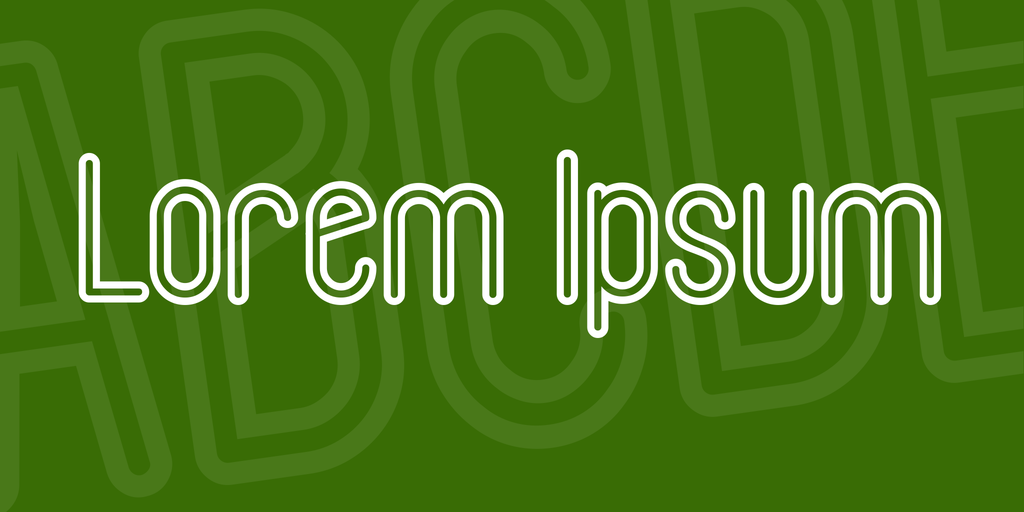Six SEO Tips for Bloggers
Ways to Optimize Blog Content for Search Engines
1. Identify the Target Audience for your Blog
No matter what industry your blog targets, you’ll want to identify and speak to the primary audience that will be reading your content. Understanding who your audience is and what you want them to do when they click on your article will help guide your blog strategy.
Buyer personas are an effective way to target readers using their buying behaviors, demographics, and psychographics. Without this insight, you could be producing grammatically correct and accurate content that few people will click on because it doesn’t speak to them on a personal level.
2. Conduct Keyword Research
Now that you’ve selected your target audience and prepared a buyer persona, it’s time to find out what content your readers want to consume. Keyword research can be a heavy task to take on if you don’t begin with a strategy. Therefore, I recommend starting with the topics your blog will cover, then expand or contract your scope from there.
3. Add Visuals
Search engines like Google value visuals for certain keywords. Images and videos are among the most common visual elements that appear on the search engine results page. In order to achieve a coveted spot in an image pack or a video snippet, you’ll want to design creative graphics, use original photos and videos, and add descriptive alt text to every visual element within your blog post.
Alt text is a major factor that determines whether or not your image or video appears in the SERP and how highly it appears. Alt text is also important for screen readers so that visually impaired individuals have a positive experience consuming content on your blog site.
4. Write a Catchy Title
The title of your blog post is the first element a reader will see when they come across your article, and it heavily influences whether they’ll click or keep scrolling. A catchy title uses data, asks a question, or leads with curiosity to pique the reader’s interest.
According to Coscheduler’s Headline Analyzer, the elements of a catchy title include power, emotional, uncommon, and common words. In the right proportions, these types of words in a blog title will grab your readers’ attention and keep them on the page.
Here’s an example of a catchy title with a Coschedule Headline Analyzer Score of 87:
The Perfect Dress Has 3 Elements According to This Popular Fashion Expert

- Highlighted in yellow are common words. They’re familiar to the reader and don’t stray too far from other titles that may appear in the SERP.
- “Expert” is an emotional word, according to Coschedule. In this example, the word expert builds trust with the reader and tells them that this article has an authoritative point of view.
- Purple words are power words — this means they capture the readers’ attention and get them curious about the topic.
- Another element in this title is the number three. This signals to the reader that they’ll learn a specific amount of facts about the perfect dress.
5. Include an Enticing CTA
What’s a blog post without a call to action? The purpose of a CTA is to lead your reader to the next step in their journey through your blog. The key to a great CTA is that it’s relevant to the topic of your existing blog post and flows naturally with the rest of the content. Whether you’re selling a product, offering a newsletter subscription, or wanting the reader to consume more of your content, you’ll need an enticing CTA on every blog post you publish.
CTAs come in all types of formats, so get creative and experiment with them. Buttons, hyperlinks, and widgets are some of the most common CTAs, and they all have different purposes. For instance, you should add a bold, visible CTA like a button if you want the reader to make a purchase. On the other hand, you can easily get a reader to check out another blog post by providing a hyperlink to it in the conclusion of the current article.
6. Focus on the Reader's Experience
Any great writer or SEO will tell you that the reader experience is the most important part of a blog post. The reader experience includes several factors like readability, formatting, and page speed. That means you’ll want to write content that’s clear, comprehensive of your topic, and accurate according to the latest data and trends. Organizing the content using headings and subheadings is important as well because it helps the reader scan the content quickly to find the information they need. Finally, on-page elements like images and videos have an impact on page speed. Keep image file sizes low (250 KB is a good starting point) and limit the number of videos you embed on a single page. By focusing on what the reader wants to know and organizing the post to achieve that goal, you’ll be on your way to publishing an article optimized for the search engine.
Popular Tools
Recent Posts


